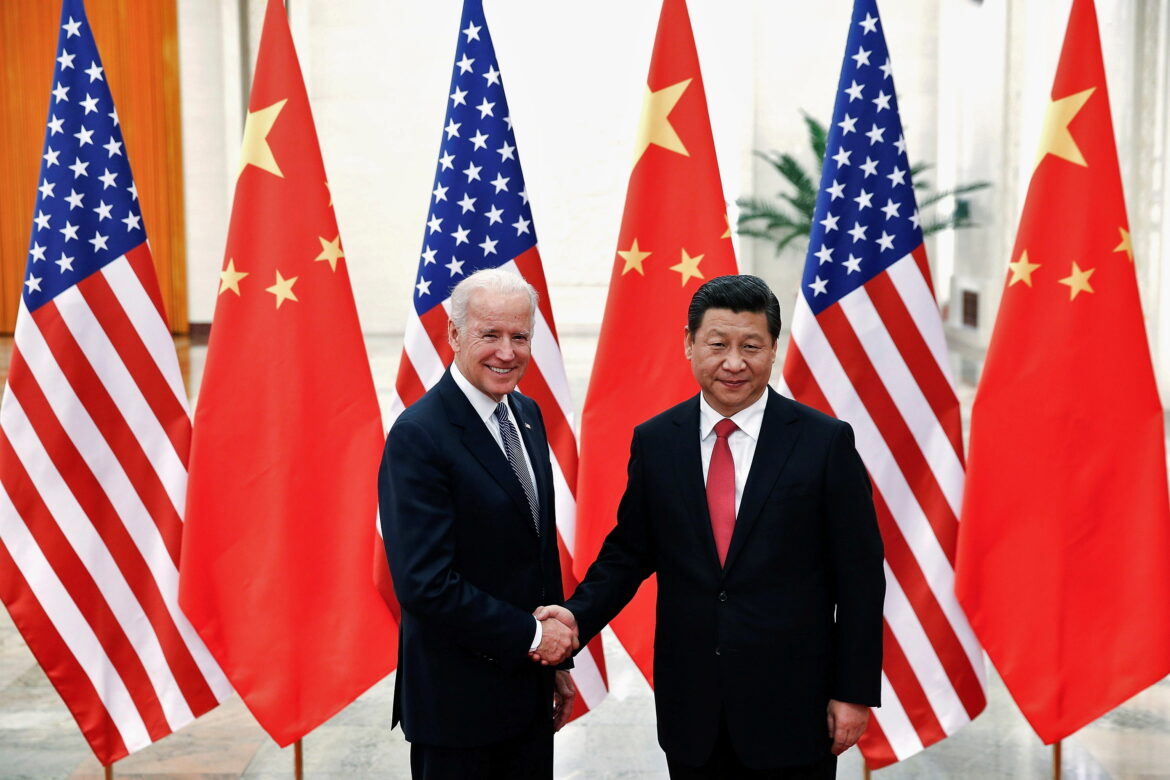The United States and China have been at odds for some time now. From differing political ideologies to opposing economic policies, the two countries always seem to be vying against one another. On May 14, 2024, Washington announced its new plans for trade with China, plans which effectively continue the trade war that has been occurring between the U.S. and China for the last few years. Now, the U.S. must await China’s response and potentially face serious backlash in the form of new trade policies and tariffs.
The United States and China have a long history of conflicting trade interests, stemming in part from the U.S.’s will to curb the spread of communism. In the 1950s, with this objective in mind, the U.S. forged alliances with many countries and established a military presence in some, including Japan and South Korea. It encouraged these nations to refrain from engaging in diplomatic and trade agreements with China so long as it remained communist. The seeds of conflict were thus sown and marked the beginning of an international trade rivalry. Human rights also emerged as a contentious issue for many years, as the U.S. disapproved of the Tiananmen Incident (1989), a violent crackdown in China in response to student protesters. The U.S. had imposed punishing tariffs on China in response. Later on, the U.S.-China Relations Act of 2000 established normal trade relations between the two countries, making China the U.S.’ second-largest trading partner and paving the way for Chinese membership with the World Trade Organization.
Donald Trump’s election marked a significant shift in the U.S.-China relationship and set the tone for future diplomacy. The administration imposed tariffs on “as much as $60 billion” in Chinese imports such as clothing, technology, and shoes, as well as steel and aluminum tariffs. China promptly retaliated with its own collection of tariffs on U.S. products, and thus the U.S.-China trade war had begun.
Two of the world’s largest economies became tied in this economic-political back and forth, a dynamic inherited by the Biden administration. According to Forbes, Biden, contrary to his campaign promise to “remove Donald Trump’s tariffs on imports from China,” both maintained and built upon Trump’s policies. The Fact Sheet released by the White House this past May details how new measures are needed to respond to China’s “unfair trade practices.” These measures are large in number. Amongst them is an increased tariff on steel and aluminum goods from about 0-7/5% to 25% this year. Tariffs on semiconductors will increase from 25% to 50% next year. Further, tariffs on electrical vehicles (EVs), most drastically, will increase from 25% to 100% this year.
Biden is using these tariffs as a political and economical tool. Politically, they tell American citizens and the Chinese government that domestic industries are his priority. There are, however, less apparent economic consequences. In an interview with CNBC, senior fellow at the Urban-Brookings Tax Policy Center Howard Gleckman described how, rather than punishing China, these tariffs ultimately punish American citizens. American companies pay these tariffs on Chinese imports and then increase their prices to make that money back. The general reasoning for Biden’s increased tariffs is to boost domestic production and protect domestic businesses. His goal is to boost America’s economy and safeguard against changing Chinese trade practices. Further, Biden hopes to counteract the benefits that subsidies award Chinese businesses. Biden’s tariffs are more targeted than Trump’s. The ultimate hope is that this will not harm American households as much as the Trump administration’s wave of tariffs.
Still, the trade war between the two countries is ongoing, and Biden’s continuation of this defensive tariff position is contributing to larger issues globally. According to a study conducted by the International Monetary Fund (IMF), further economic fragmentation and global division have the potential to cause a 0.2-7% drop in global GDP.
While nations will prioritize their citizens, there is potential for these inherently protective measures to inadvertently hurt the global economy. As mentioned previously, China imposed its own slew of tariffs that were of a similar value to those of the U.S. in response to Trump. No such measures have been imposed in response just yet. However, China’s Ministry of Commerce has released a statement that included a promise to “take resolute measures to defend [China’s] rights and interests.” It is uncertain exactly how China will respond, but it is expected that the U.S. will be faced with its own punitive measures in due time. As this issue becomes increasingly prevalent on the international stage, cooperation between the two nations will be essential in navigating this and reaching a consensus.
Edited by Jamie Silverman

